The legendary aircraft people think America operates in secret
- By Alex Hollings
Share This Article

For every paradigm-shifting aircraft like the F-117 Nighthawk, B-2 Spirit, or F-22 Raptor, there’s a long list of prototypes, technology demonstrators, and design proposals that never see the light of day, let alone make it into serial production. Many of these exotic experiments in airpower have cultivated fan followings over the years because of the groundbreaking technologies they brought to bear and the roles they played in the development of operational platforms today.
Aircraft like the YF-23, Have Blue, and Convair’s King Fish represent early and even alternate visions of what the technology of their respective eras could produce, with some so different from the aircraft we’ve come to know that they can still seem futuristic even today, decades down the road. Some, like Boeing’s YF-118G Bird of Prey – an aircraft designed, built, and tested entirely within the secretive confines of Area 51 in the 1990s – even look downright alien.
But the implicit understanding derived from Boeing’s decision to reveal the Bird of Prey, years after its final flight and only because the aircraft saw no taxpayer investment, is clear: there are certain to be other exotic aircraft that were also designed, built, and maybe even operated, under a shroud of extreme secrecy. These could be products of DARPA-led efforts to mature emerging technologies, or Special Access Programs (SAPs) meant to meet exacting operational requirements too sensitive to reveal to the world at large.
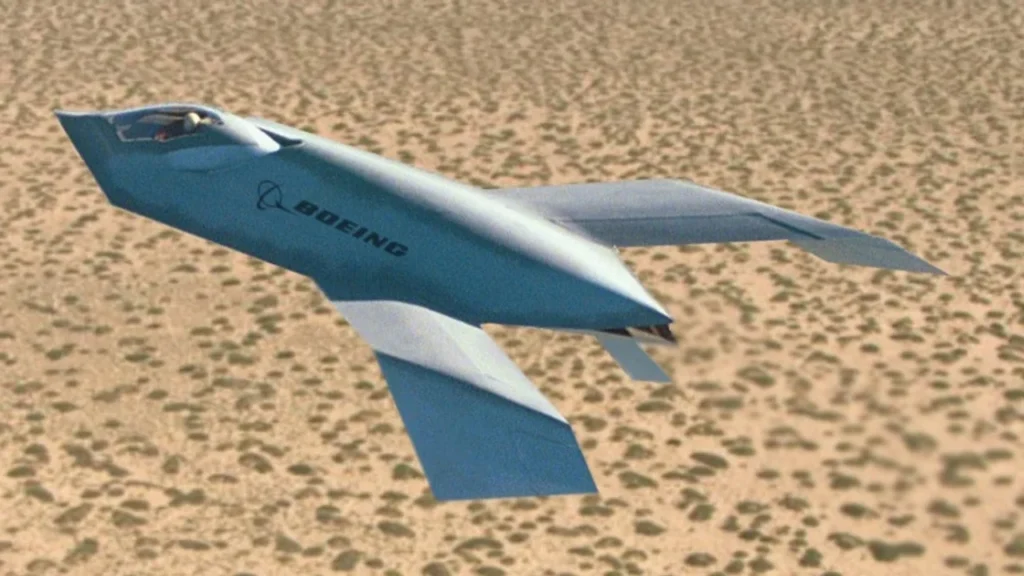
And this is where entirely legitimate and reasonable conversations about highly classified aircraft can very quickly slide down the slippery slope into seemingly wild conspiracy theory territory – as aviation journalists, historians, and buffs alike try to marry reports of unusual and unknown craft spotted by eyewitnesses in the sky to the hearsay, rumors, and tall tales that trickle their way out of the classified realm.
The explanations born out of these efforts to solve the mysteries we find in our sky can sometimes stretch the boundaries of what many believe to be possible, with extreme claims ranging from reverse-engineered alien spacecraft to an unholy marriage of technology and the occult born of WWII Germany. Others seem so feasible – and even practical – that they can make rational sense even in the absence of further evidence. But what all of these platforms alleged to exist have in common is their firmly planted position within the folklore, arguably even the mythology, of our day.
Purveyors of mythical aircraft like the TR-3B, Aurora, and others often follow a trail of breadcrumbs made up of little more than circumstantial evidence to arrive at their preferred conclusion. But not every eyewitness report, blurry photo, or local legend can be dismissed as false. Take, for example, Boeing’s Bird of Prey, Lockheed’s F-117 Nighthawk, and more recently, the stealth Black Hawks used in the 2011 Bin Laden raid. These aircraft were once believed to exist only as flights of fancy, but ultimately proved to be actually flying, right here in the real world.
Related: Mako: Arming the F-35 with hypersonic missiles
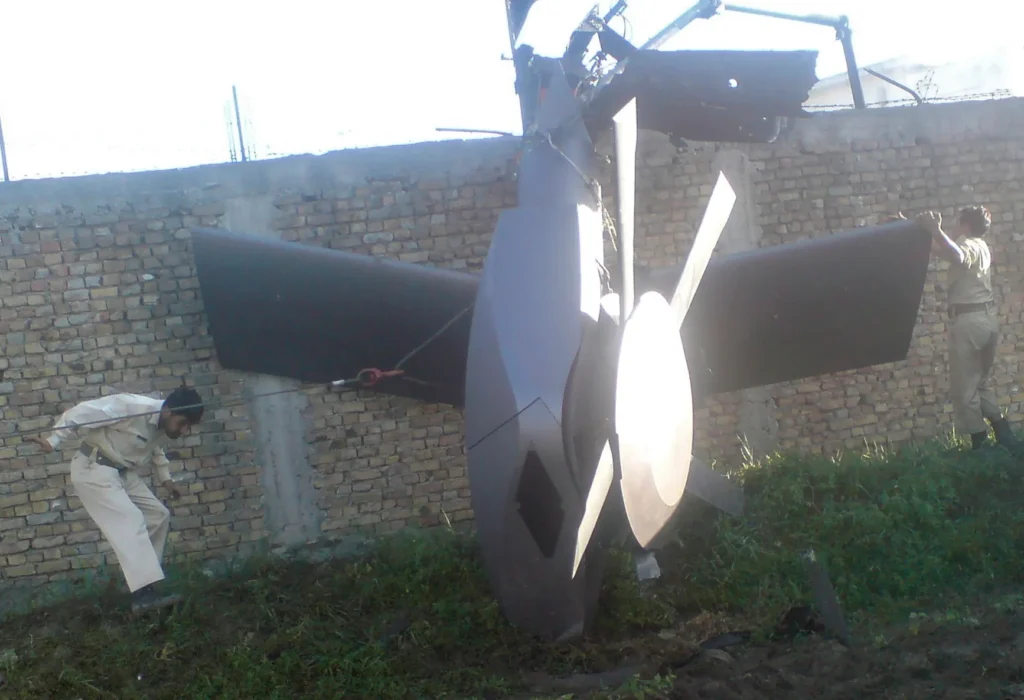
It’s easy to see why many believe in these technological cryptids, especially those born out of the Cold War when American Defense spending sometimes approached 10 percent of the nation’s gross domestic product and rapid aerospace advancements were turning the seemingly impossible into daily occurrences over a single lifetime.
In 1987, it was reported that the United States’ “Black Budget,” or funding allocated to Defense and Intelligence programs so secret they operated outside the purview of all but the highest levels of governmental oversight, had already reached $35 billion, with more than two-thirds of that figure dedicated to secret Pentagon research, development, and acquisitions. In today’s dollars, that shakes out to just under $65 billion per year allocated specifically to designing and fielding highly classified platforms and systems. By 2017, America’s Black Budget had grown to an estimated $52 billion per year – larger than many nations spend on their entire defense apparatus. In 2018, the Trump Administration proposed an $81.1 billion Black Budget – the largest in history at the time – and by 2023, the Black Budget had reportedly reached some $99.6 billion. To put it another way, you could purchase 100 F-35As with just 10% of America’s reported Black Budget in 2023.
Although much of this “Black Budget” is allocated toward operating the nation’s sprawling intelligence apparatus – meaning it would be all but impossible to devote a large swath of this budget to any single platform or system – with dollar values this large, it’s not a stretch to imagine small-batch production of exotic and unusual aircraft for testing and even limited combat roles. After all, Boeing self-funded its Bird of Prey program from start to finish, including 40 test flights, for just around $128 million in today’s money. That means the Black Budget from 2023 alone could fund the entire Bird of Prey program some 1,486 times.
So, while some of the mythical aircraft we’ll present may seem like little more than science fiction cosplaying as historical fact, the truth is, the technology, the motive, and the funding required to field small fleets of seemingly insane aircraft has been there for decades. And while I don’t believe all of these aircraft truly existed – especially in some of the more exotic and unusual forms often described online – it seems all but certain that like so many of the myths our species has conjured over the millennia… there’s almost always an element of truth to be found somewhere amid the hyperbole.
So here are some of the most unusual mythical aircraft believed by many to be real, even if the majority of the available evidence might suggest otherwise.
TR-3A MANTA
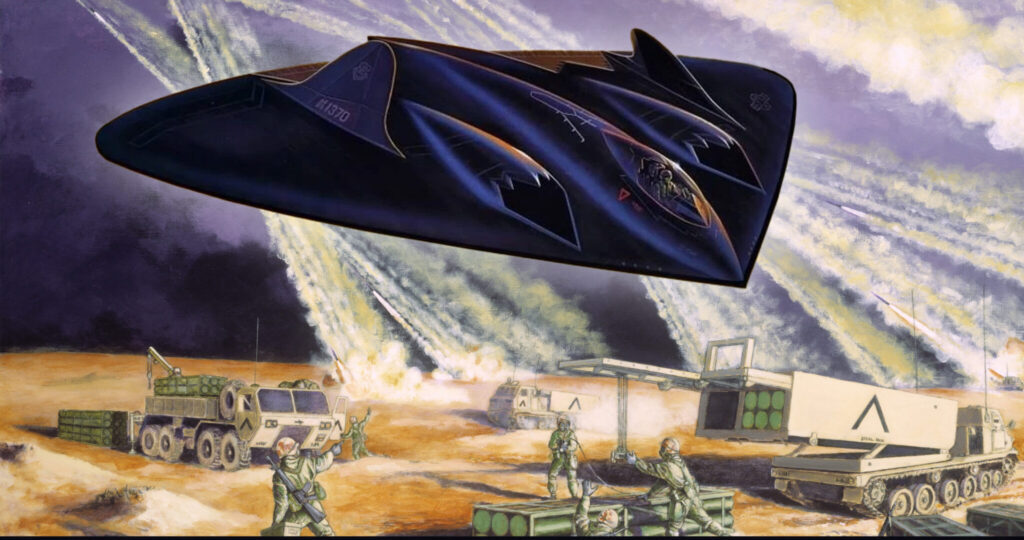
For decades, rumors have swirled about the United States secretly operating highly classified black, triangular craft known as the TR-3A and TR-3B, with some going as far as to claim that these platforms were designed using reverse-engineered alien technology.
In 1991, the TR-3A was seemingly revealed to the world in a series of articles published by Aviation Week and Popular Mechanics. According to Aviation Week, the stealthy aircraft was designed by Northrop – the same firm responsible for the black, triangular B-2 Spirit – in 1976 alongside Lockheed’s Have Blue efforts that would ultimately produce the F-117. Northrop called this stealthy triangular aircraft the Tactical High Altitude Penetrator (THAP) during development. At the time, it was proposed that the TR-3A’s role was to use an onboard laser designator to identify targets for the F-117 to engage with laser-guided bombs, though the F-117 is equipped to do both target designation and engagement on its own.
In a follow-up article, Aviation Week went on to claim that Northrop’s TR-3A was about 42 feet long, 14 feet high, and had a wingspan of 60-65 feet, which describes a much smaller aircraft than popular reports related to a similar mythical platform commonly called the TR-3B. According to Aviation Week’s unnamed sources, these aircraft “may have” been deployed to Alaska, Britain, Panama, and Okinawa, as well as flying in concert with the F-117 Nighthawk during combat operations in Iraq to provide laser-designation of targets over Baghdad.
Some have drawn comparisons between the TR-3A’s alleged dimensions and a now famous sighting reported by trained airfield observer Chris Gibson from an oil rig in the North Sea in 1989, in which Gibson claimed to see a triangular aircraft of around the size described being refueled in flight while accompanied by a pair for F-111s.
However, no concrete evidence that the TR-3A ever existed has ever surfaced. You can read more about this legendary aircraft in our full feature on it here.
TR-3B
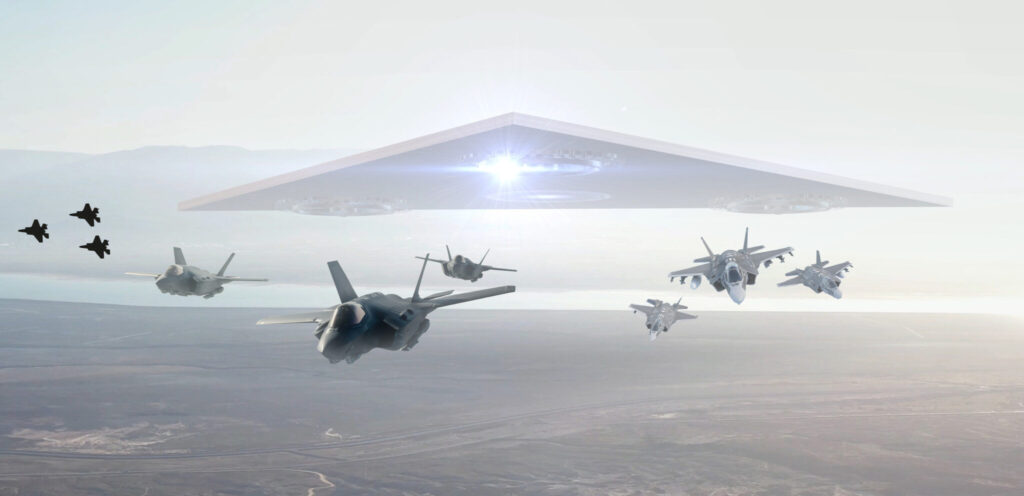
The TR-3A may have been a fairly grounded story about a stealthy reconnaissance platform designed to operate alongside the F-117… but this story gets a whole lot stranger when discussing longstanding claims of the TR-3B. Unlike the turbojet-powered TR-3A, the TR-3B is supposedly powered by a reverse-engineered anti-gravity drive that was recovered from a crashed alien spacecraft. The TR-3B is where reports of UAP, performing seemingly impossible aerial maneuvers, intersect with stories about very real aircraft.
Most stories about the TR-3B’s development revolve around Operation Paperclip – the program that saw the United States absorb more than 1,500 German scientists and engineers at the end of World War II to continue work on various defense technologies. We’ve discussed in the past how myths about advanced Nazi technologies were born in the years after World War II, and as the folklore surrounding the TR-3B anti-gravity platform matured over the years, it was not exempt from the reach of these “Wunderwaffe” claims.
The TR-3B concept and its alleged anti-gravity propulsion drive are often linked to discussions about a 2004 patent filed by an inventor named John St. Clair for a “triangular spacecraft” that matches the platform’s general description and alleged capability set, as well as to subsequent research conducted by the U.S. Navy by aerospace engineer Dr. Salvatore Cezar Pais. Pais’s work, which ranges from patents filed for “gravitational wave generators” to “spacetime modification weapons” remains subject to significant debate within the academic community.
To date, no hard evidence of the TR-3B’s existence, as described by many reports, has ever surfaced. You can read more about the TR-3B in our full feature on it here.
Aurora
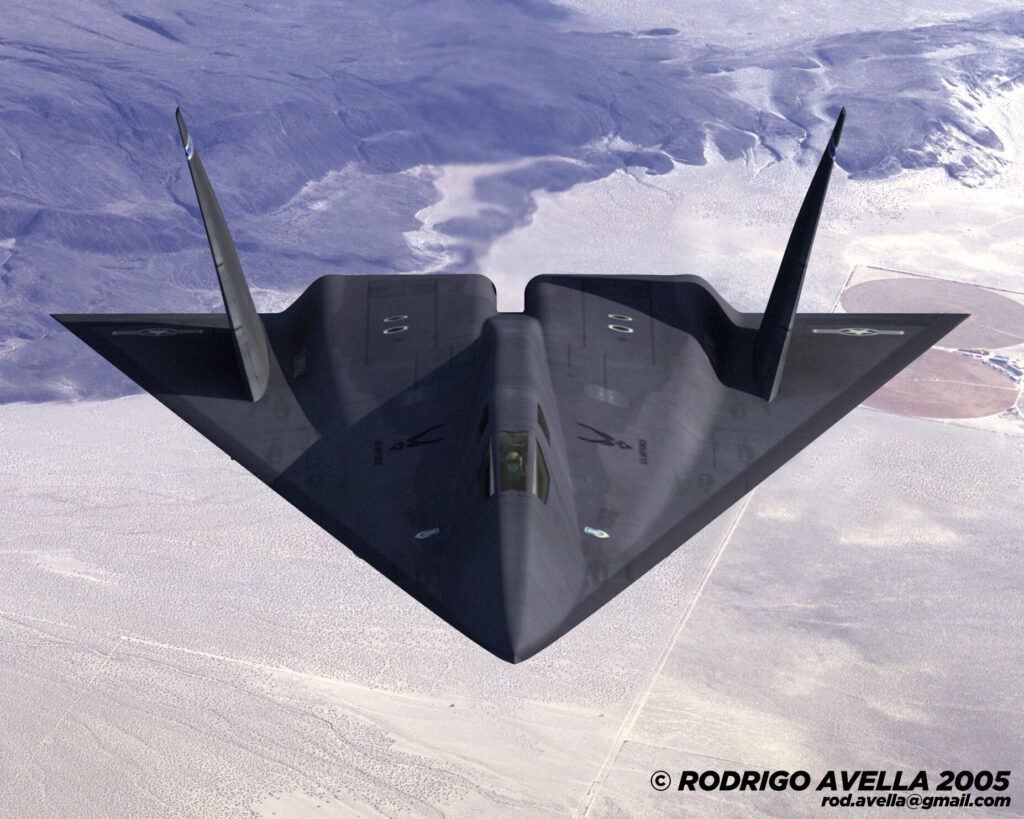
Rumors of a classified hypersonic aircraft known as Aurora have permeated aviation circles since the 1980s. While evidence of a fleet of operational Aurora aircraft has yet to manifest, there remains at least some evidence to suggest that high-speed aircraft fitting Aurora’s description may have existed in very limited numbers for testing and potentially even extremely limited operational use.
On April 5 and 22, 1992, a journalist named Steve Douglass was monitoring military aircraft channels in Southern California when he picked up some very unusual radio chatter. According to Douglass, an aircraft with the callsign “Gaspipe” was coordinating with air traffic controllers out of the nearby Edwards Air Force Base, and based on what he heard, the jet must have been flying at extreme altitude and speed.
“You’re at 67,000 [feet], 81 miles out,” the controller told the pilot, before continuing a moment later. “Seventy miles out, 36,000 feet. Above glide slope.”
Coming in from 67,000 feet eliminated practically all of America’s fixed-wing assets save for the SR-71 and U-2, both of which were confirmed not to be flying on the days Douglass recorded the radio transmissions. Longtime Aviation Week and Space Technology Editor William B. Scott analyzed Douglass’ recordings for the Smithsonian Magazine in 2010 and felt confident that they were indeed real, suggesting the Air Force was either lying about the Space Shuttle secretly landing at Edwards in 1992 or “Gaspipe” had to be some kind of high-speed classified aircraft.
In August 1992, long-time aviation journalist Bill Sweetman and others from the well-regarded Jane’s Defense Weekly, revealed that seismologists from the United States Geological Survey had been recording tremors near the San Gabriel Valley in Southern California that were in keeping with a sonic boom from a high-altitude supersonic aircraft. Notably, these events always took place on Thursday mornings at about 7 a.m. Douglass’ recorded radio chatter, however, came on a Sunday and a Wednesday.
“All I can say is that it’s something that’s traveling through the atmosphere at several times the speed of sound in a generally northeasterly direction,” Jim Mori, a seismologist with the United States Geological Survey at Caltech, told the LA Times in 1992.
Sweetman contended that the nature of the reported sonic booms wasn’t in keeping with any known aircraft in American hangars, and may have been coming from a classified platform being tested out of Area 51, though, the Air Force denied these accusations.
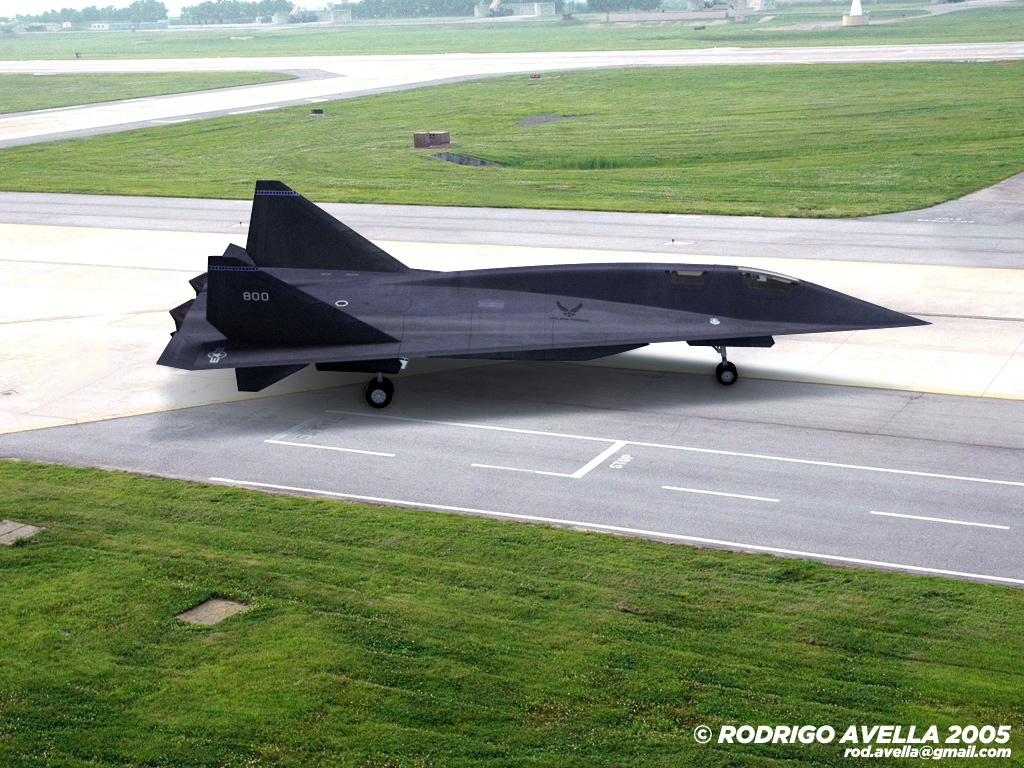
In 1997, the U.K.-based aviation magazine Airforces Monthly published a report claiming that an American Aurora aircraft, also referred to in the article as the Astra (Advanced Stealth Reconnaissance Aircraft or AV-6) actually crashed while taking off from Runway 23 at Boscombe Down Airfield in Amesbury, England on September 26, 1994. According to the report, operators from Britain’s elite Special Air Service (SAS) responded to the incident, covering the wreckage with a tarp and cordoning off the area until two days later, when the wreckage was flown back to the U.S. in a C-5 Galaxy cargo plane.
The purported aircraft’s name appears to have come from a 1985 Defense Department budget request calling for allocations of $80 million in 1986 and $2.3 billion in 1987 to a program called “Aurora,” though that line item was no longer present in the budget that was ultimately approved. Since then, it’s been claimed by people like former Skunk Works director Ben Rich that “Aurora” was actually just one of the names used for the highly secretive stealth bomber program underway at the time, which would ultimately culminate in fielding the B-2 Spirit.
“That story persists to this day even though Aurora was the code name for the B-2 competition funding,” Rich wrote in his book, Skunk Works: A Personal Memoir of My Years of Lockheed. “Although I expect few in the media to believe me, there is no code name for the hypersonic plane, because it simply does not exist.”
You can read our interview with Nick Pope, who investigated reports of Aurora for the U.K. Ministry of Defence, here.
Senior Citizen

Senior Citizen was an alleged stealth vertical take-off and landing (VTOL) military transport aircraft designed to depart like a helicopter without the need for a runway, while also providing the speed and stealth possible with fixed-wing aircraft. Rumors of this effort first emerged in the 1980s and claimed that Senior Citizen was inspired by Operation Credible Sport. The operation sought to modify three C-130 cargo planes with rockets to allow them to land inside a soccer stadium to rescue hostages held in Tehran during the 1979-1981 hostage crisis.
Senior Citizen does share that “Senior” designation with a wide variety of confirmed Air Force programs like Senior Ice, which led to the B-2; Senior Trend which led to the F-117; and Senior Crown, which led to the SR-71. While Senior Citizen has never been confirmed to be a real Air Force effort, there have been several efforts through the decades to field an aircraft that meets Senior Citizen’s basic description.
It’s been reported that both Boeing and Northrop may have been contracted to build stealthy VTOL transports by DARPA in 1983 for testing as a part of this “Senior Citizen” effort, with Northrop ultimately winning the contract and fielding an operational platform by 1989. However, DARPA is still pursuing a platform that very closely matches Senior Citizen’s description today, with Aurora Flight Sciences releasing its latest concept for a fan-in-wing high-speed vertical-takeoff-and-landing (VTOL) aircraft with stealthy design attributes very recently… And that would suggest that a platform that can meet these exacting requirements likely hasn’t already been flying for better than 30 years.
Read more from Sandboxx News
Related Posts
Sandboxx News Merch
-

‘AirPower’ Classic Hoodie
$46.00 – $48.00 Select options This product has multiple variants. The options may be chosen on the product page -

‘Sandboxx News’ Trucker Cap
$27.00 Select options This product has multiple variants. The options may be chosen on the product page -

‘Kinetic Diplomacy’ Bumper Sticker (Black)
$8.00 Add to cart

Alex Hollings
Alex Hollings is a writer, dad, and Marine veteran.
Related to: Gear & Tech
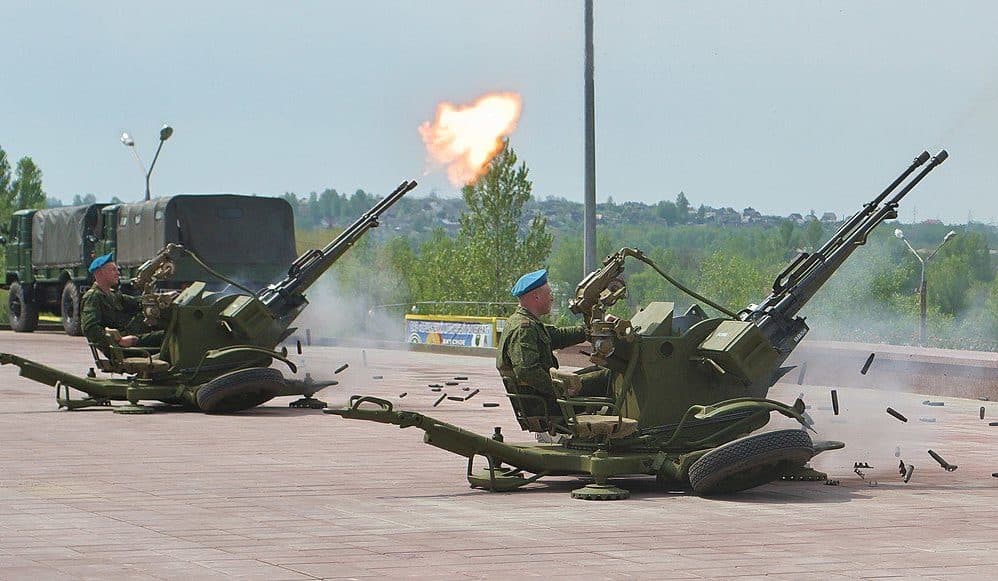
A Green Beret remembers his favorite foreign weapons
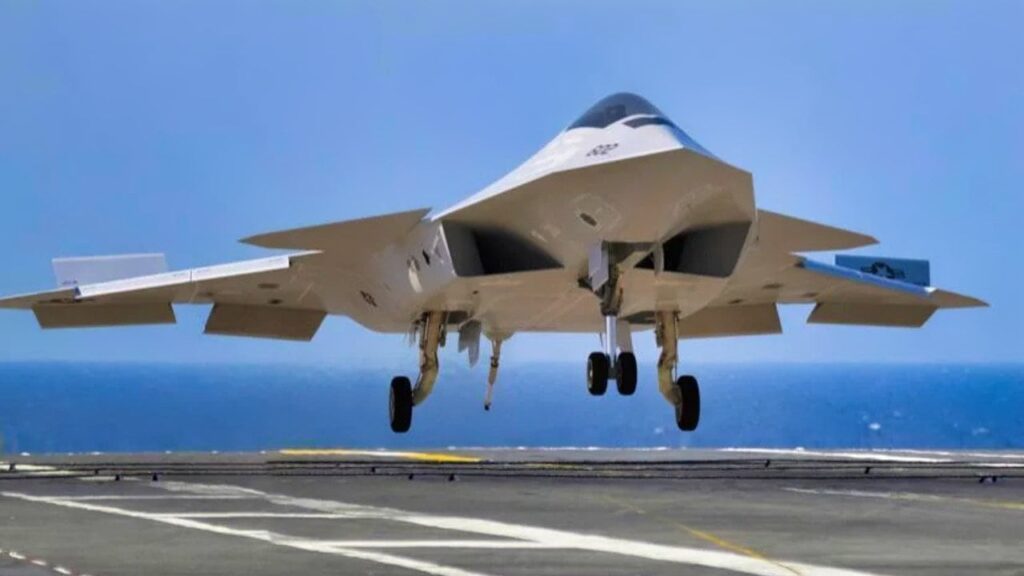
Navy will soon announce the contract award for its F/A-XX 6th-generation jet, according to reports
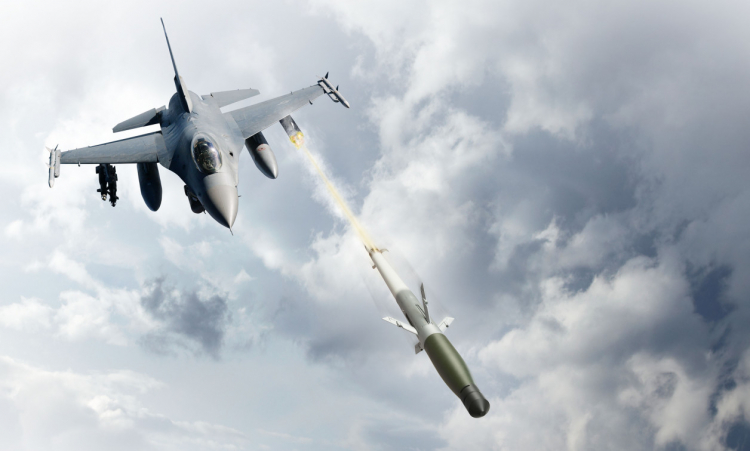
America’s new air-to-air missile is a drone’s worst nightmare
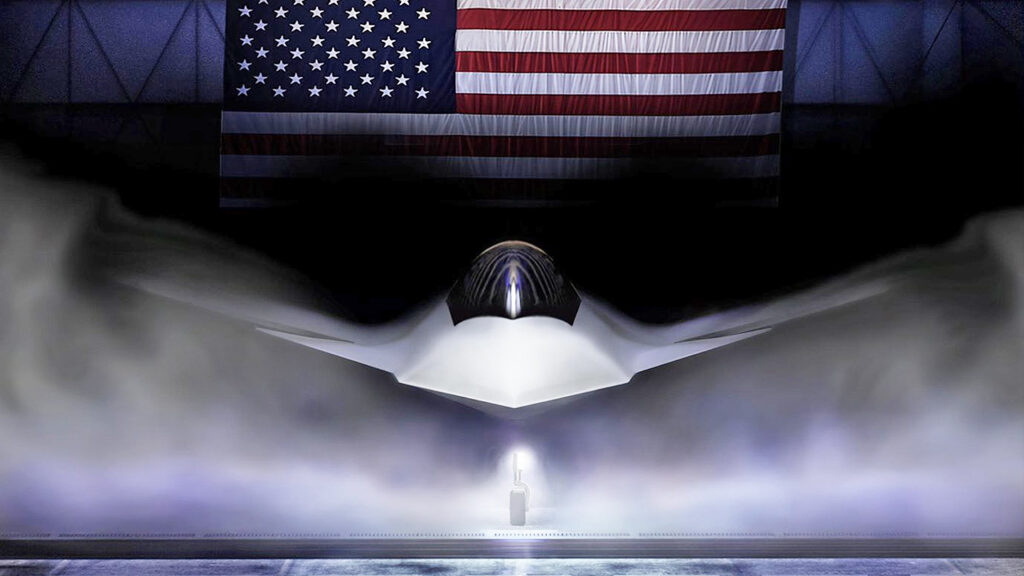
What we can deduce about the Boeing F-47 and its capabilities so far
Sandboxx News
-

‘Sandboxx News’ Trucker Cap
$27.00 Select options This product has multiple variants. The options may be chosen on the product page -

‘AirPower’ Classic Hoodie
$46.00 – $48.00 Select options This product has multiple variants. The options may be chosen on the product page -

‘AirPower’ Golf Rope Hat
$31.00 Select options This product has multiple variants. The options may be chosen on the product page -

‘Sandboxx News’ Dad Hat
$27.00 Select options This product has multiple variants. The options may be chosen on the product page
